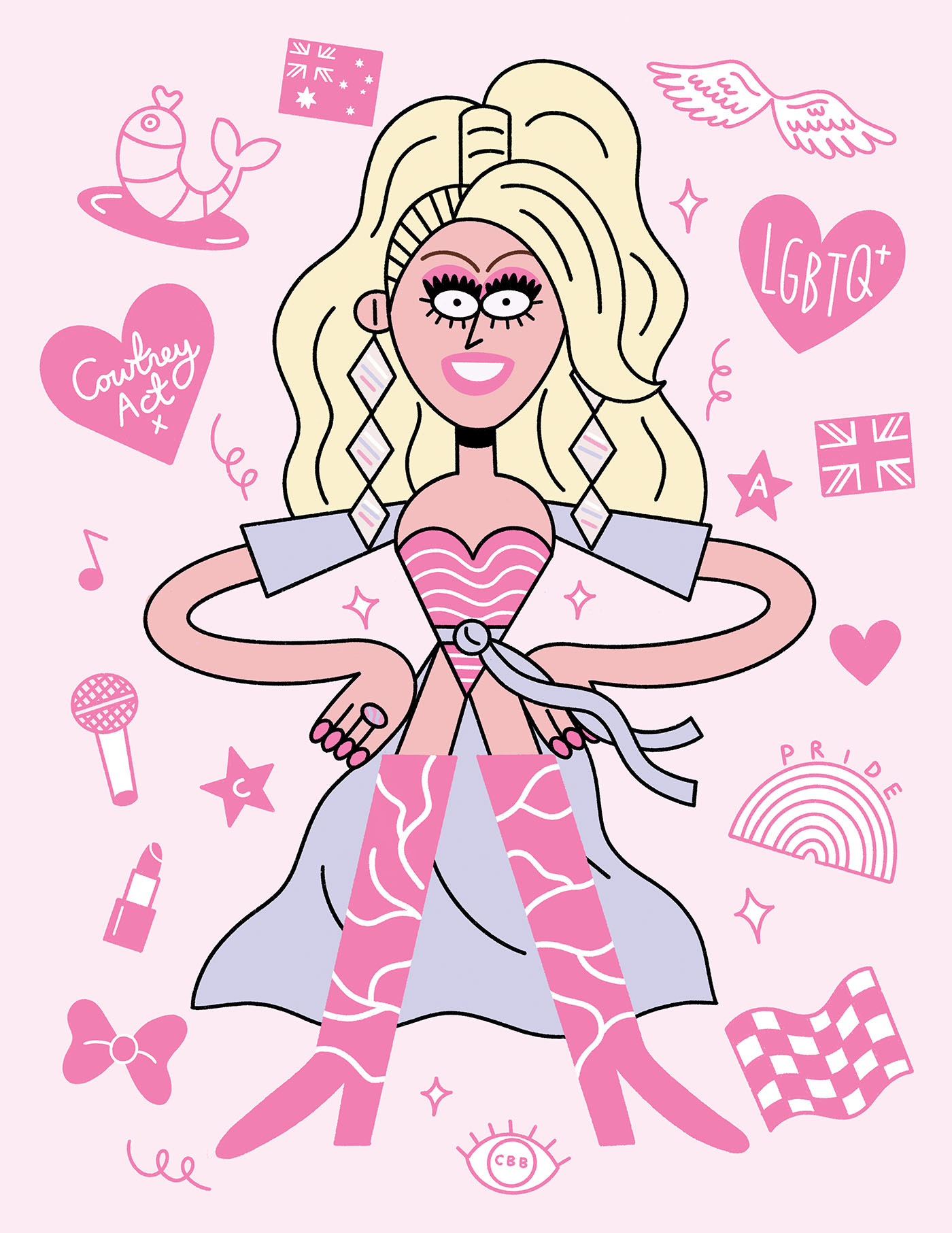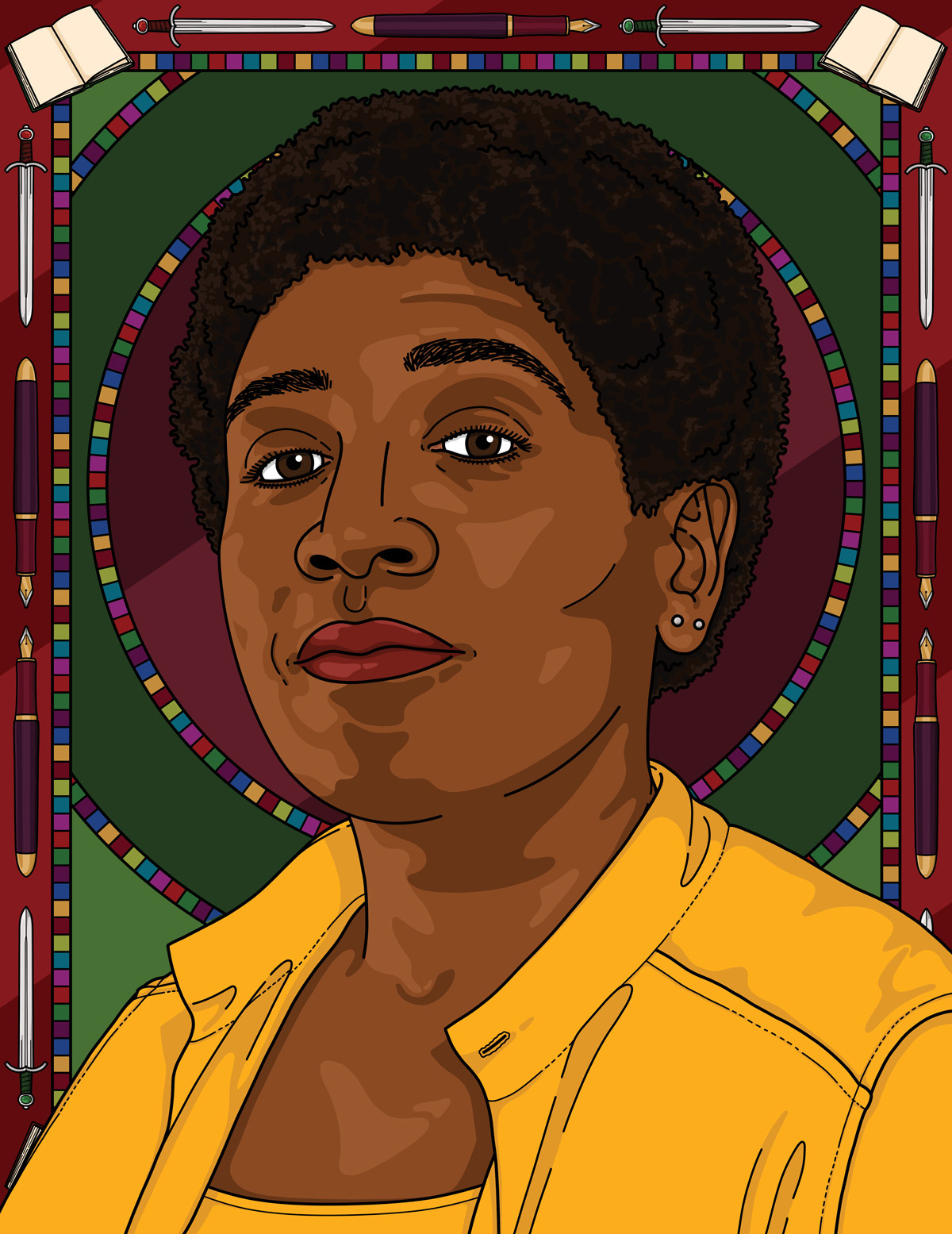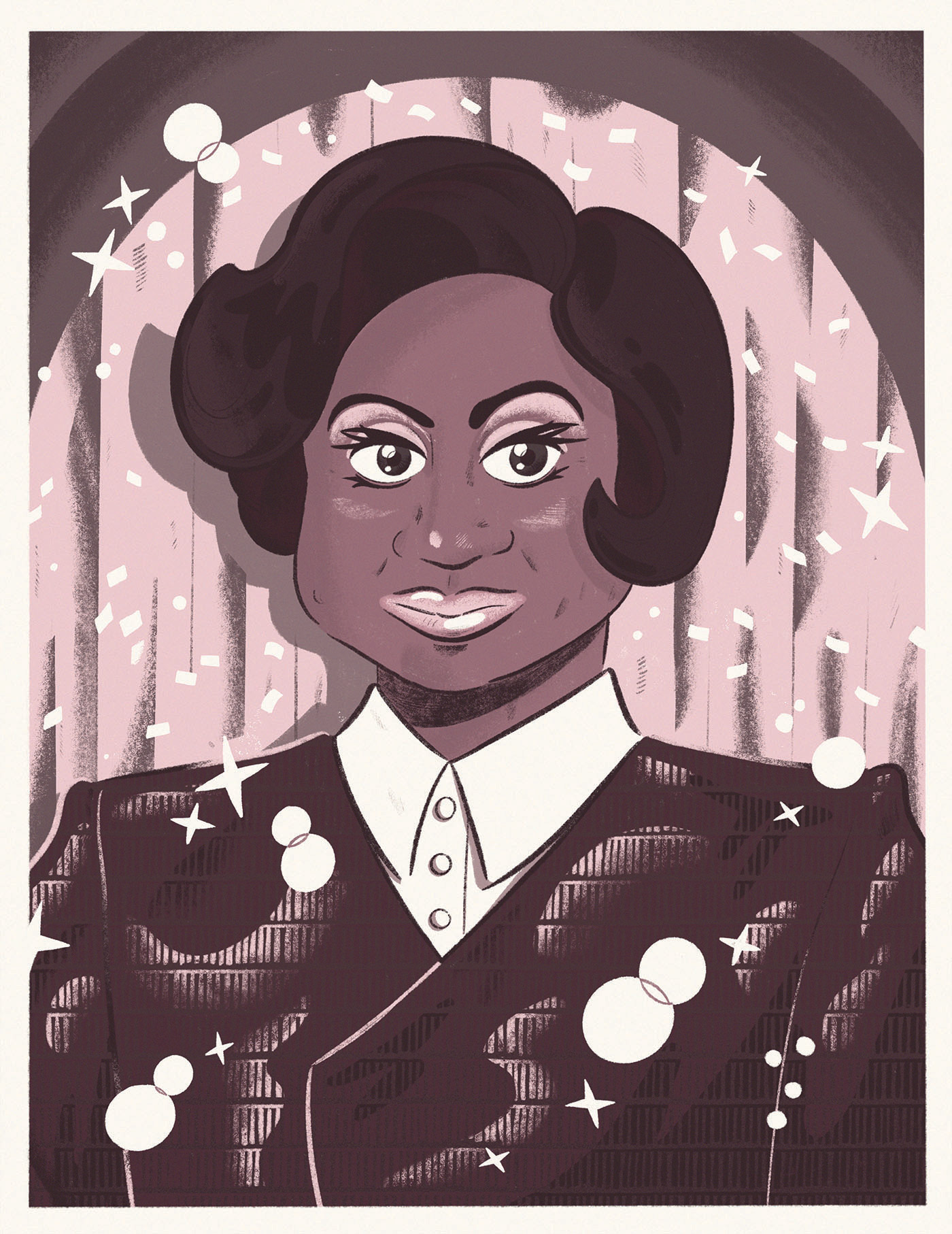
Alexander McQueen
Artwork By:
Giovani Flores
Words By:
Justin Jackson
Scroll Down


About

It’s Sunday, September 27th 1998 and the Gatliff Warehouse in London is full of guests. They’re attentively watching models wearing constructions of fringe, leather and wood guide across the floor. The room goes dark & still, lights begin to flash & sounds of thunder begin to fill the warehouse. A ballerina appears on a spinning disc in the center of the room, feet fixed to the floor. On either side of her stands robotic factory arms that begin to spray paint the ballerina. She shields herself as she rotates and is eventually covered in black and yellow paint. The robots cease. The audience roars with applause. This satirical moment, the finale of No. 13 Spring/Summer 1999 will later be recognised as one of Lee Alexander McQueen’s most magnificent and impactful fashion shows.
Whilst Alexander McQueen is considered one of the most profound artists in the history of fashion; the journey to get there, like many LGBTQ+ historical figures, was not a seamless experience.
McQueen’s early fashion shows drew a lot of attention, but not for all the right reasons. Mixed critiques and debate surrounded his art claiming his work was inappropriate, ugly, violent, and misogynistic.
Despite the industry’s misinterpretation and disapproval, he remained unapologetic and true to himself. His art came from a place of emotion and vulnerability. Like the finale of No. 13, his originality challenged the status quo, often crafting a satirical story challenging society, the fashion industry, and stereotypical views of beauty.
To many McQueen is remembered for his award-winning fashion, but for the LGBTQ+ community he is revered as a unique artist who lived his life through passion despite many challenges, an unapologetic queer perspective and one who showed the importance and power in chosen family.
“Each piece is unique, as was he…” - Alexander McQueen fashion house.
Statement released in response to his final fashion collection shown following his death in 2010.







